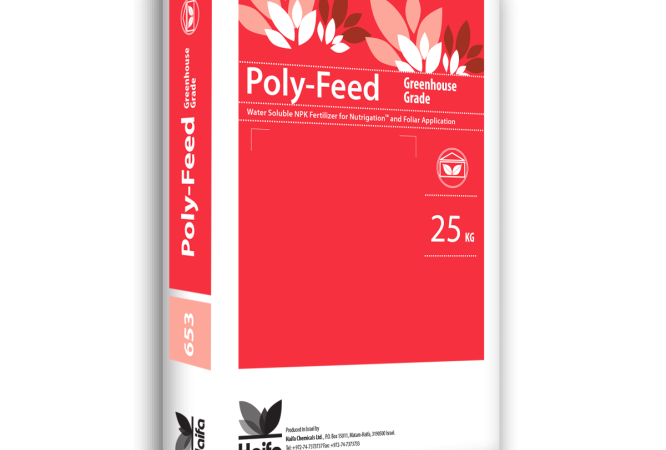Abstract:
A field study was carried out on maize in 2007–2011, with the aim to determine the effect of differentiated phosphorus and potassium fertilization rates on N, P, and K contents in maize organs as well as accumulation of these nutrients at maize physiological maturity. A single-factor experiment was established in a randomized complete block design with 4 replications for each treatment. The obtained results showed that the experimental factor significantly varied macronutrient contents in the analyzed maize organs. Mineral fertilization significantly increased N concentration when compared to the control. Significant effects of the experimental factor on the differences between the treatments with regard to phosphorus and potassium contents were found, nonetheless, when compared to the control, nutrient increase was not observed in all the organs examined. An especially strong maize response to the absence of potassium fertilization or application of different rates of this element was observed in maize stems, leaves and husks. The form of phosphorus applied as fertilizer showed no significant effect on P contents in the maize organs, as well as on the total accumulation of this nutrient in the plant. Percentage shares of grain accumulated nutrients in the total nutrient accumulation in the aboveground biomass showed significant differentiation as a result of P and K fertilization. For the most part, nitrogen and phosphorus were accumulated in maize grain (60–70%), and potassium – in the stems (50–61%). Regardless of the treatment examined, regression analysis showed that maize yields were determined by the total accumulation of nitrogen.
Need more information about growing chives? You can always return to the chives fertilizer.





